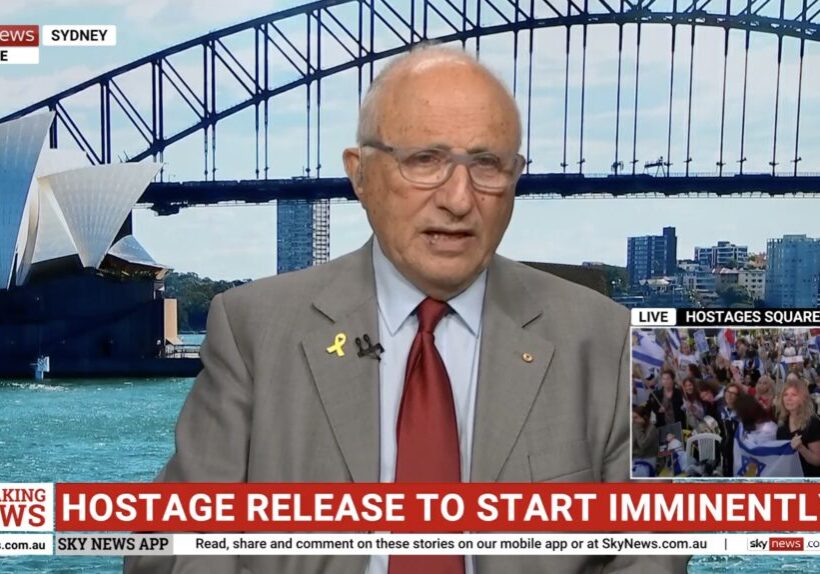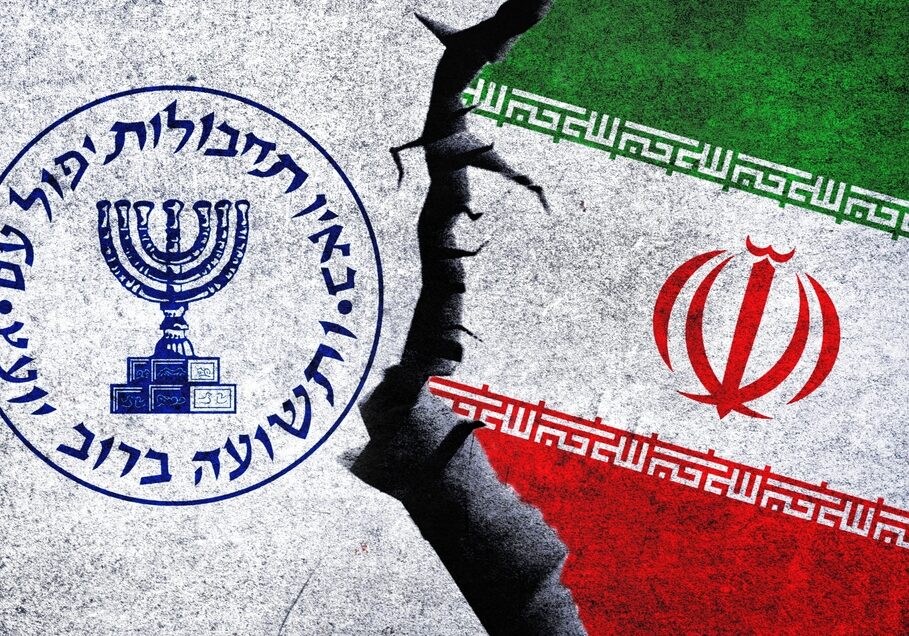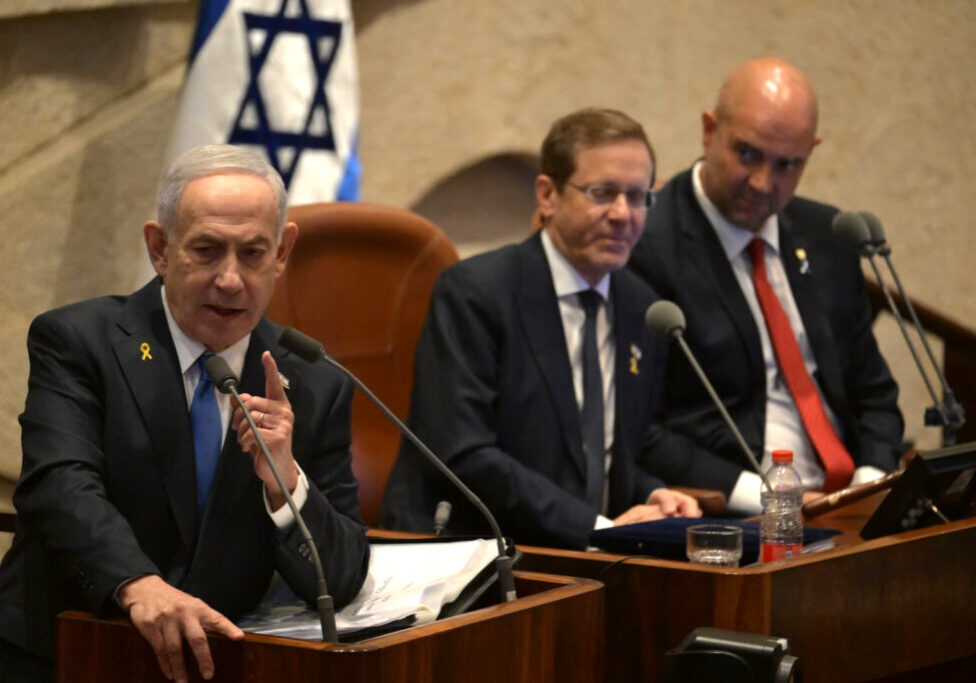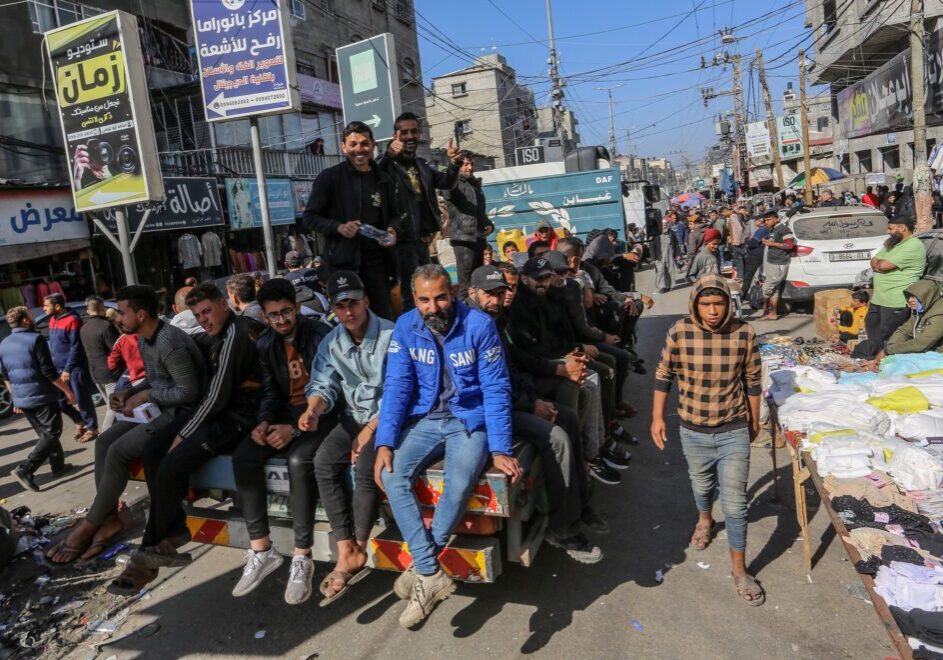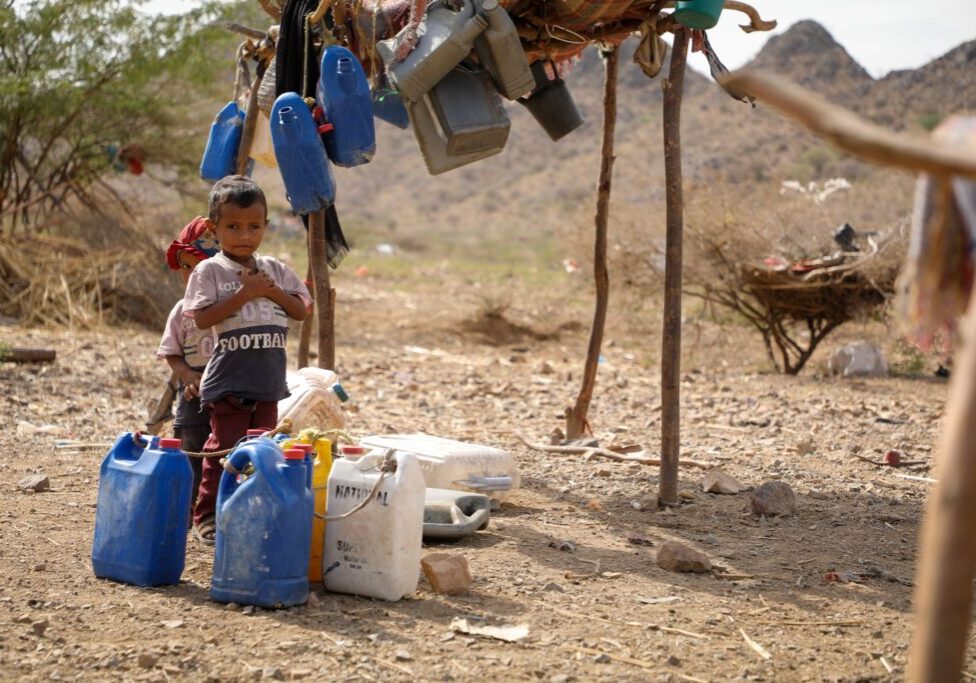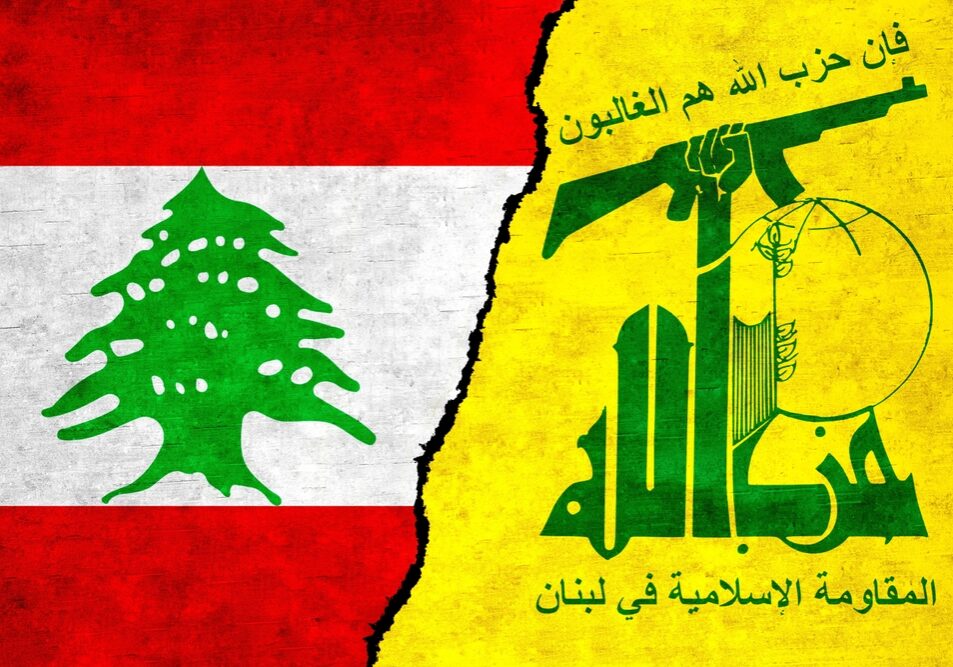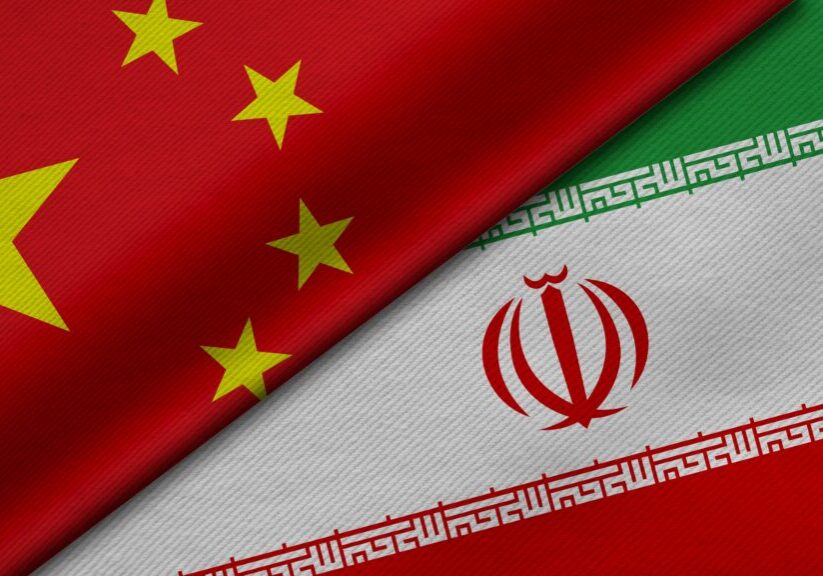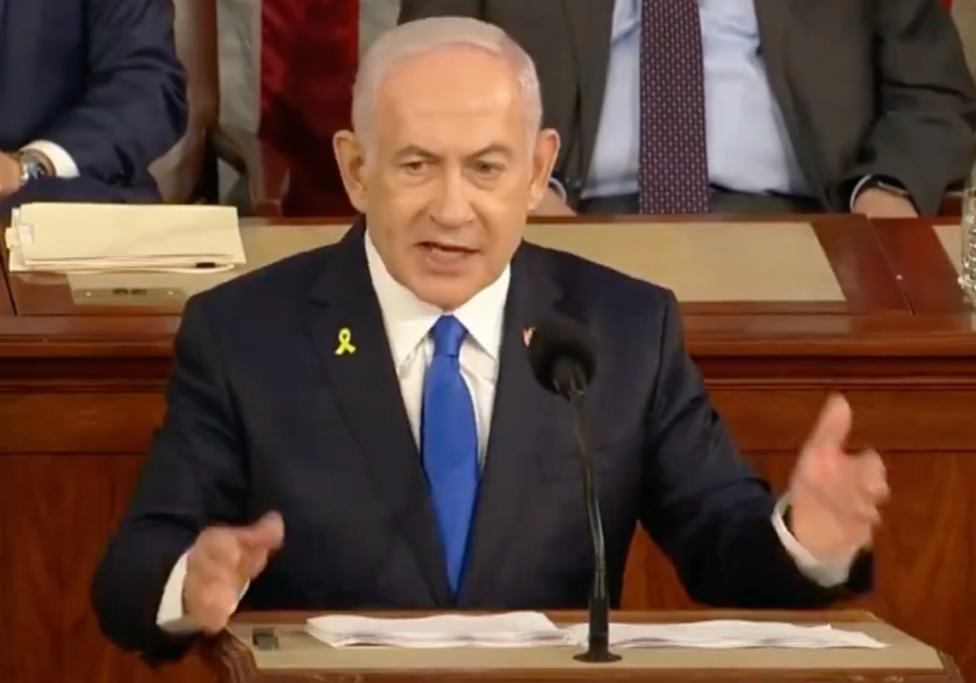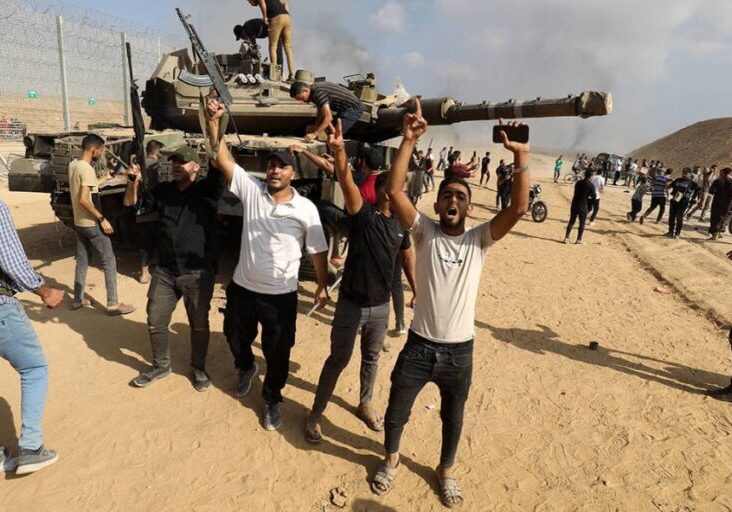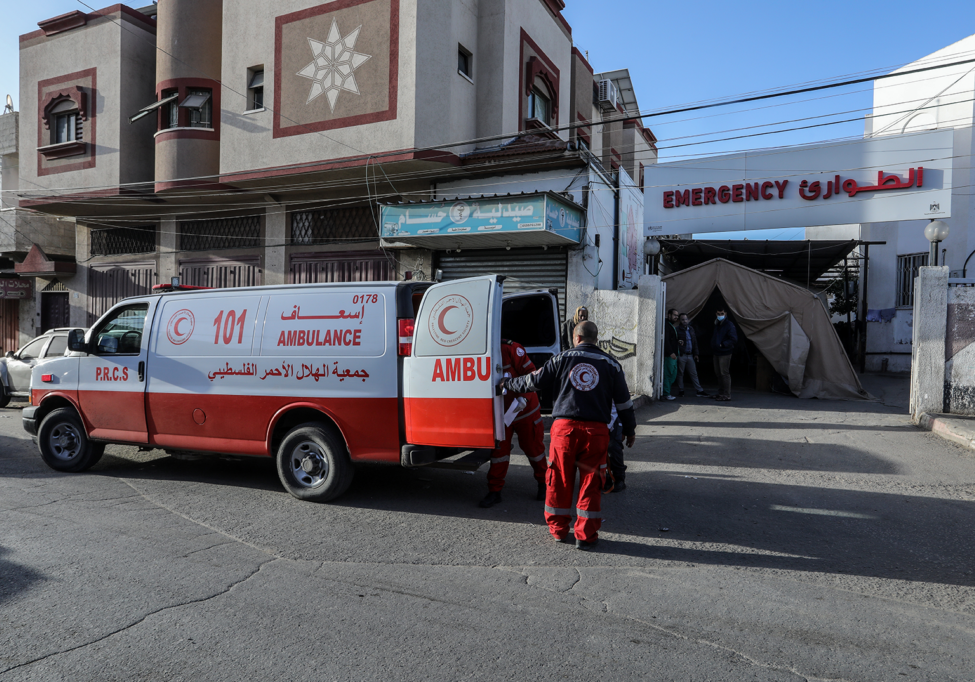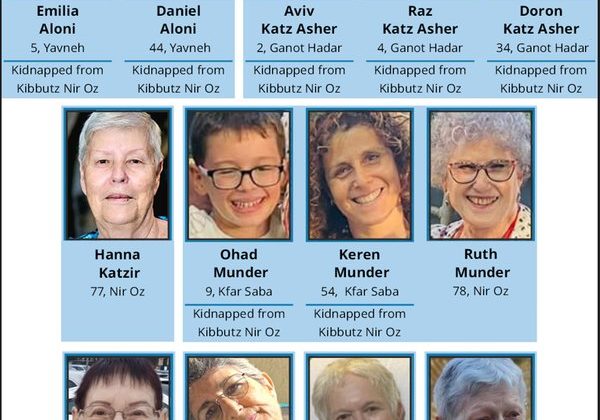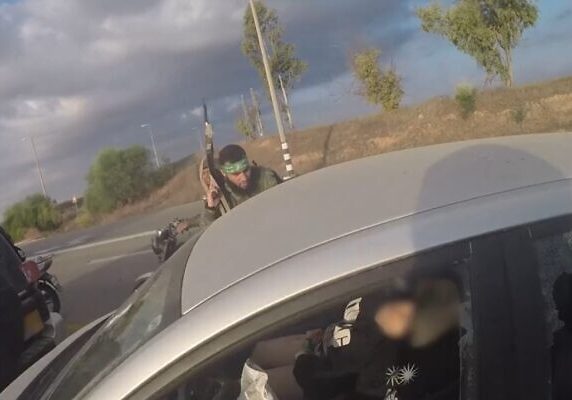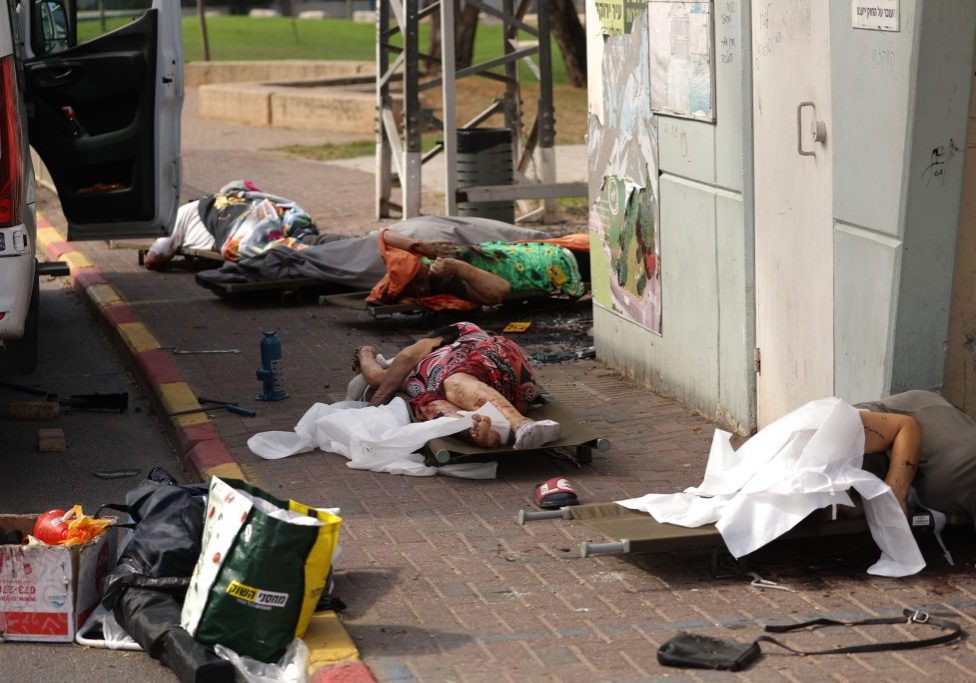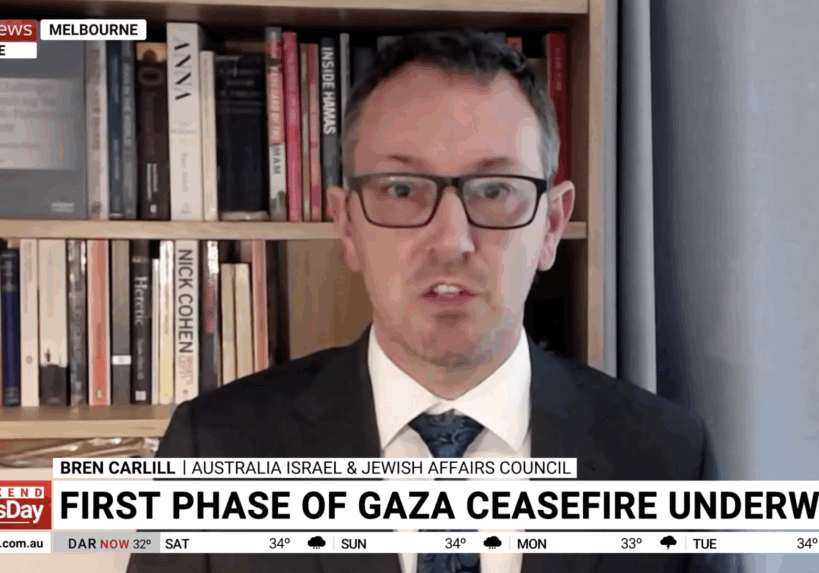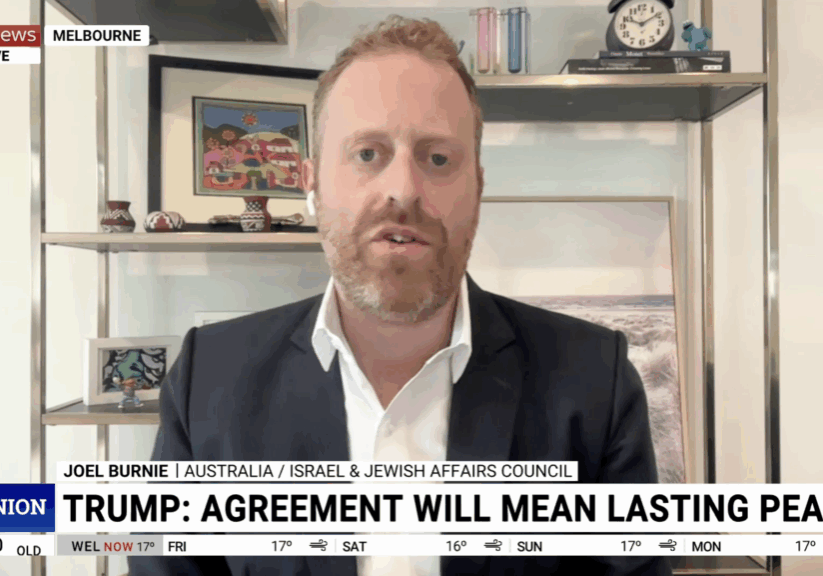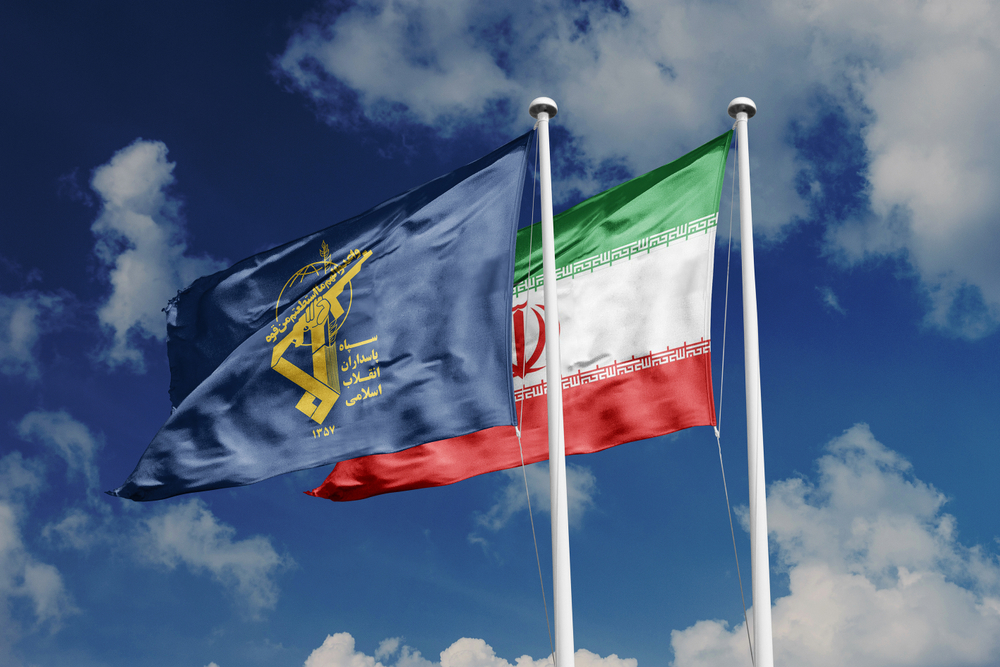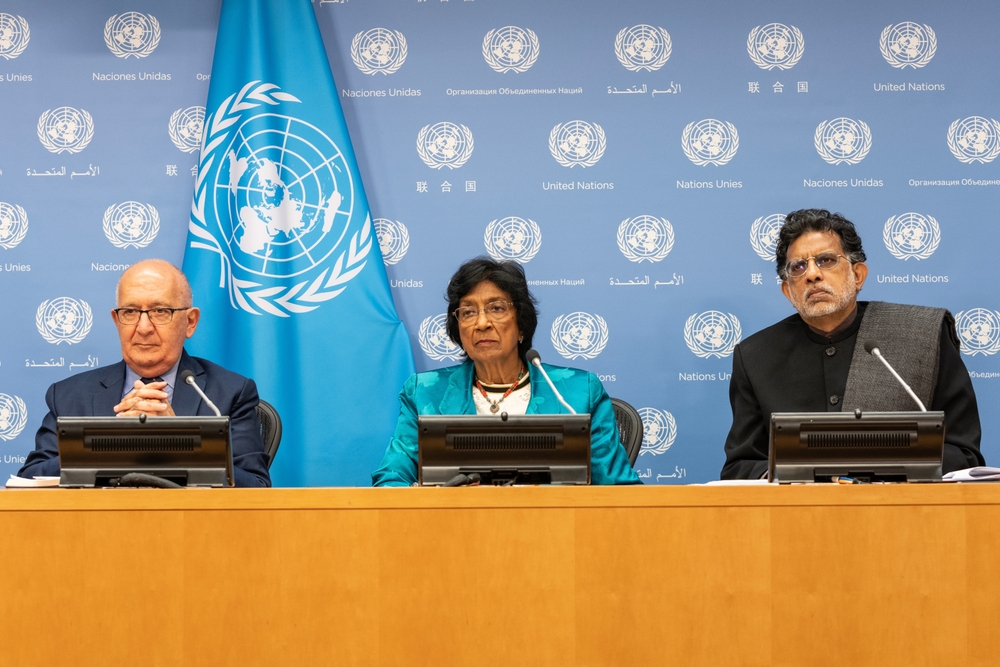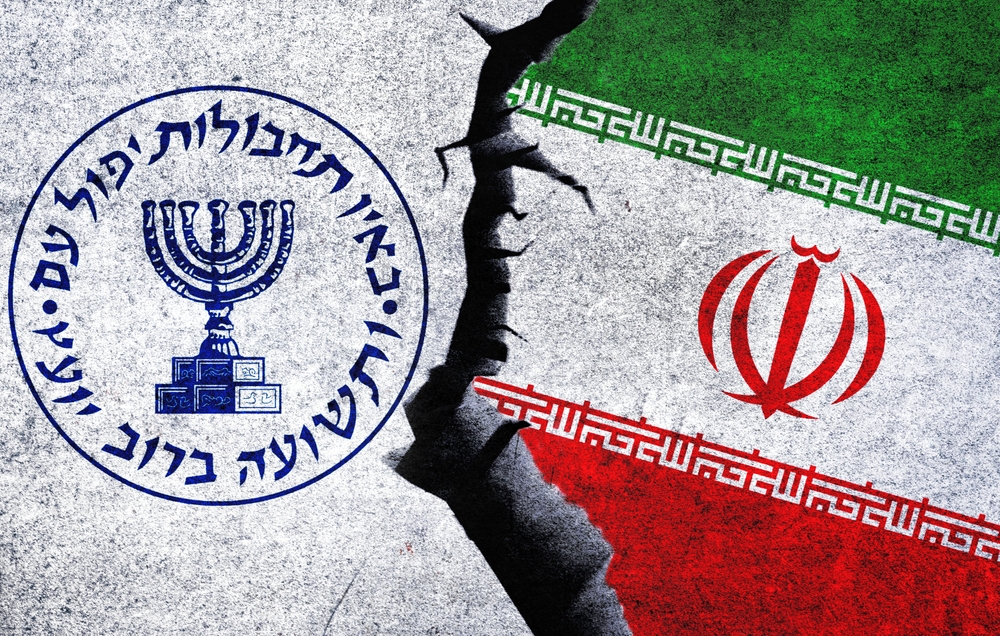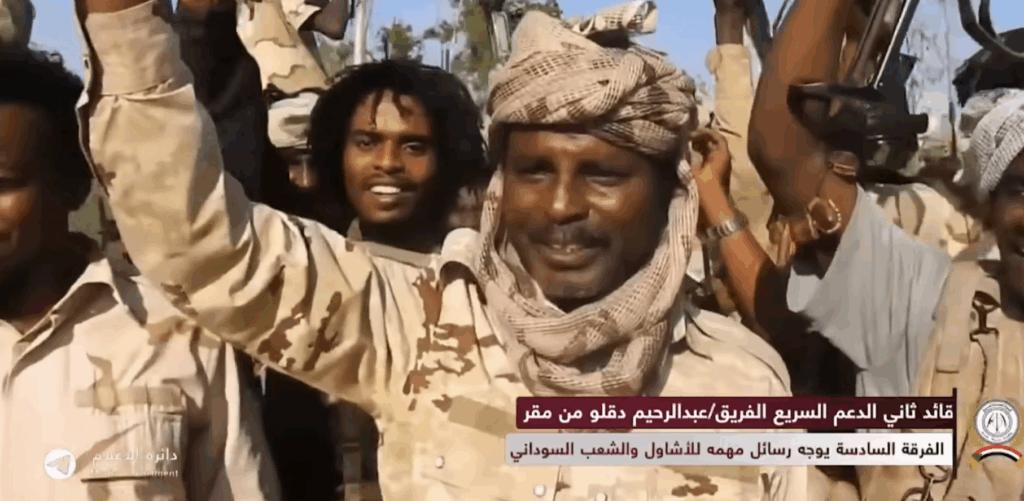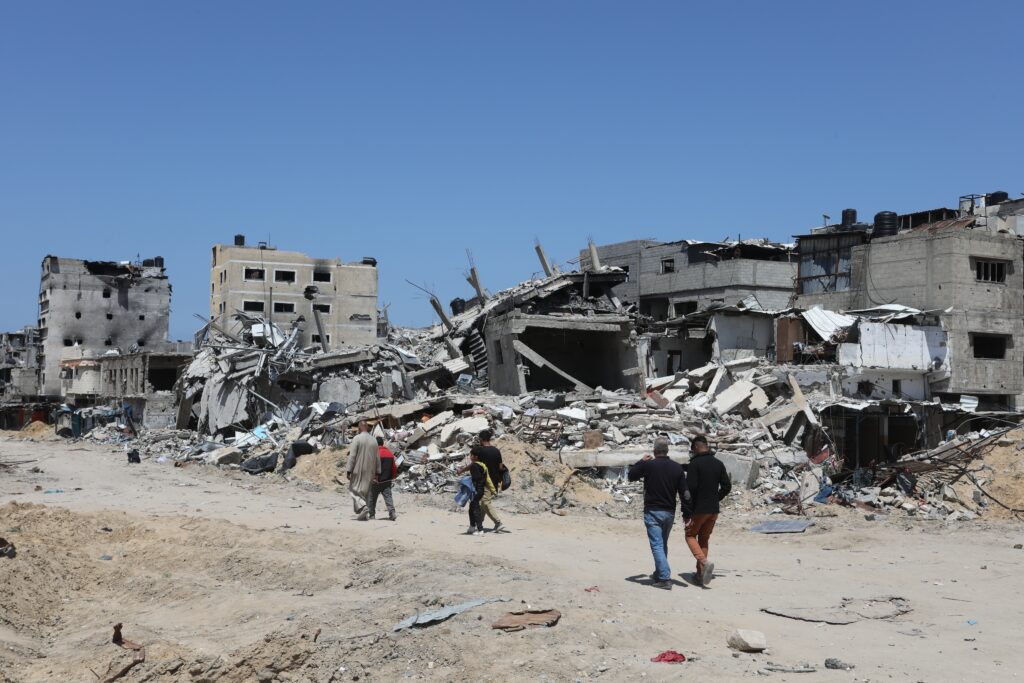FRESH AIR
After the War: Israel’s revival, America’s power, and the Palestinian narratives
November 7, 2025 | Ran Porat
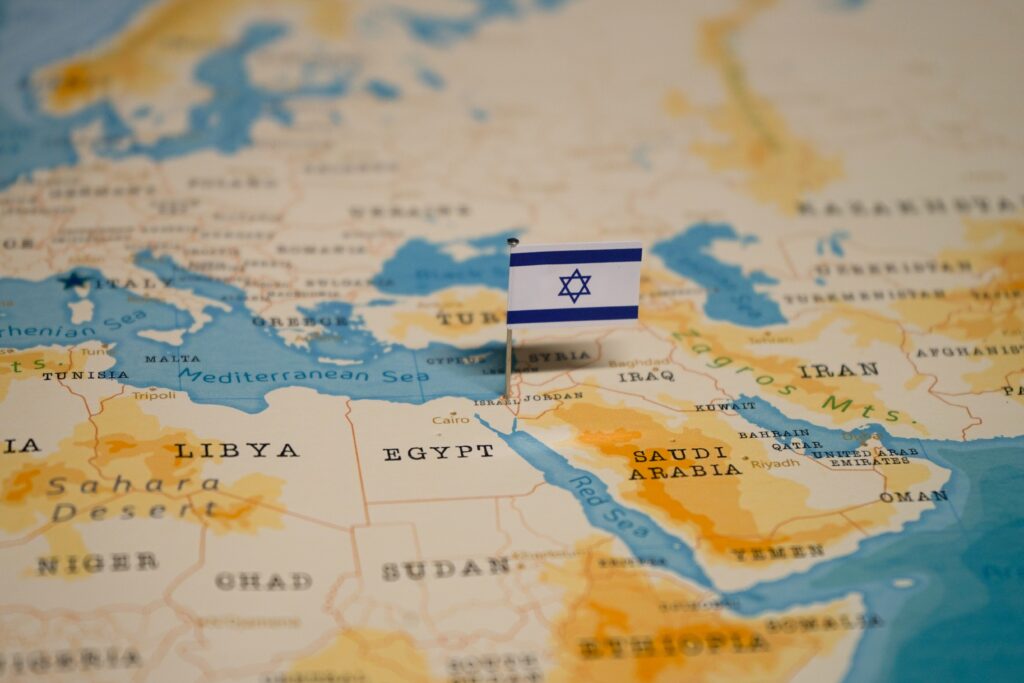
The war in Gaza appears over – at least for now – two years after it erupted following the Hamas mass terror attacks on Israel on October 7, 2023. This is an opportune moment to examine what the conflict meant for the three key players: Israel, the United States, and the Palestinians.
Israel: The Phoenix from the Ashes
“A man who has committed a mistake and doesn’t correct it is committing another mistake.” – Confucius
October 7 left Israel – its government, military, and people – in shock. Allies and adversaries across the Middle East looked on in dismay, questioning whether Israel had lost its standing as a regional power.
Two years later, Israel has rebounded from one of the lowest points in its history to reassert itself as the dominant military power in the region. This resurgence unfolded across three concentric geographic circles centred on Jerusalem, all of which served to largely dismantle Iran’s so-called “ring of fire”, designed to surround and ultimately destroy Israel.
The innermost circle is the Palestinian arena. Hamas and Palestinian Islamic Jihad – both Iran-backed terrorist groups – were severely weakened as a result of the war in Gaza. Their once formidable military capabilities, comparable to those of a small state army, have been reduced to guerrilla operations. In the West Bank, Iran has sought to invigorate Hamas and other militant factions through funding and weapons smuggling. The IDF continues via its “mowing the lawn” strategy to suppress these threats with considerable success.
The second circle takes in Israel’s neighbouring countries. In late 2024, Israel subdued Hezbollah in Lebanon – a development that also precipitated the fall of Syrian dictator Bashar al-Assad in December that year. The result was a new Lebanese government advocating Hezbollah’s disarmament and a fragmented, weakened Syria. With US encouragement, the al-Julani regime in Damascus has stepped out of Iran’s orbit, seeking stability and a pragmatic status quo with Israel.
The outermost circle, the “periphery,” encompasses Iran and its proxies. In a dramatic 12-day operation in June 2025 – carried out with crucial US assistance – Israel destroyed much of Iran’s nuclear and ballistic missile infrastructure.
Israel’s “long arm” has also targeted Iranian proxy networks across the Middle East, including in Iraq and Yemen’s Houthi rebels. Covert Mossad operations eliminated Hamas terrorist leaders such as Saleh al-Arouri in Beirut (January 2, 2024) and Ismail Haniyeh in Iran (July 31, 2024).
By the end of 2025, Israel emerged stronger than before the war. The Iranian axis suffered historic blows, significantly weakening Tehran’s ability to destabilise Israel and its allies. This does not mean, however, the end of the pro-Iran network as Tehran now working to rebuild both its own capabilities and those of its proxies.
The United States: Reasserting Dominance in the Middle East
“They make a show of giving kingdoms to their allies, but in truth they give chains.” – Tacitus, Annals 4.33
Despite his “America First” slogans, in the Middle East, Donald Trump has proven to be an interventionist, not an isolationist. He positioned himself as a “peacemaker,” working to stabilise the region under US influence – Pax Americana – in line with Washington’s strategic competition against China and Russia.
Trump’s visit to the region in early 2025 secured billions of US dollars in Gulf investments and lucrative arms deals for American companies. The decisive Israeli victories over the Iranian axis further cemented US dominance, while weakening Tehran’s alliances with Moscow and Beijing.
As America’s strongest regional partner, Israel projected US power – but also revealed its deep dependency on Washington. Washington’s influence over Israeli policy, well-known for decades, has reached unprecedented levels during the war.
Both Presidents Biden and Trump provided diplomatic cover for Israel, deployed forces to deter Iran, and supplied Israel with vast quantities of arms and ammunition. Trump personally brokered the release of Israeli hostages in Gaza repeatedly (in January, April, and September 2025) and collaborated with Israel’s June 2025 strike on Iran, ordering US B-2 bombers to deliver GBU-57 bunker-buster bombs on Iran’s nuclear sites.
Equipped with upgraded US weaponry, Israel projected overwhelming military power across the region. However, the September 12 Israeli strike on Hamas leaders in Qatar exposed vulnerabilities in Gulf defence systems – ironically mostly American-made – prompting Gulf states to seek even closer defence ties with Washington.
Yet, US dominance came at a cost to Israeli autonomy. Washington exerted pressure at will – Biden delayed ammunition shipments, and Trump publicly humiliated Prime Minister Netanyahu to apologise to the Qatari leader after the strike on his country, which was not coordinated with Washington. On two occasions at least, US intervention directly halted Israeli offensives: once during a planned strike on Iran at the end of the war there, and again when Trump declared the final ceasefire in Gaza. In fact, since then, a multinational headquarters operating in Israel seems to at least vet some of the IDF’s activities in Gaza. Trump’s Administration is also blocking annexation plans for the West Bank by some parts of the current right-wing Israeli government.
The Palestinians: Winning the War of Narratives
“History is written by the victors.” – Winston Churchill
The Gaza conflict highlighted the growing power of narratives in the social-media era, where even militarily weaker sides can shape global perceptions.
Despite their battlefield losses and military inferiority vis-à-vis Israel, the Palestinians successfully framed their suffering as a moral victory. Hamas-affiliated channels were quick to disseminate images – some genuine, others staged – portraying Gaza as a site of humanitarian catastrophe and accusing Israel of “Genocide.”
This narrative gained traction through sympathetic UN agencies and states such as South Africa and Qatar, which led the case against Israel at the International Court of Justice. Accusations of “famine warfare” and “fertility-cide” circulated widely by pro-Hamas channels, amplifying the Genocide narrative.
Israel, slow to counter this campaign, made missteps – most notably by withholding aid in March through May 2025 – which reinforced perceptions of collective punishment.
The narrative’s impact was profound: European allies of Israel such as the UK and Germany suspended or reconsidered arms exports; academic boycotts surged; and antisemitism reached new peaks globally.
French President Emmanuel Macron’s initiative for broader recognition of Palestinian statehood prompted countries such as the UK, Canada, and Australia to follow suit. Though largely symbolic, these moves deepened Israel’s diplomatic isolation. Nevertheless, Israel’s consent remains indispensable for any Palestinian statehood – something increasingly unlikely in the near future given the mistrust between the sides following October 7.
A Look Ahead
The year 2026 will be decisive. Israel heads toward elections, and the PA may be facing a leadership challenge as its President Mahmoud Abbas reaches the ripe age of 90. Gaza faces an immense reconstruction effort – estimated at over US $70 billion (US) and expected to take more than a decade to complete. Rebuilding essential infrastructure such as hospitals, roads, and schools is urgent.
Key questions remain: Will Gaza remain divided between Hamas and the IDF, as it is now? Can the international peacekeeping force (ISF) being set up bring lasting stability and actually enforce Hamas’ disarmament – a prerequisite for reconstruction funding? From Israel’s perspective, disarming Hamas means the handing over all weapons, the dismantling of terror infrastructure (such as the 500-kilometre tunnel network), and the neutralisation of weapons manufacturing facilities. As of now, Hamas remains defiant and refuses to disarm, despite the terms of the Trump ceasefire deal demanding it should.
Perhaps most crucially, can Gaza be de-radicalised through an education system that promotes peace and coexistence rather than perpetuating the ideology of hatred? Restoring any hope for an eventual peace is dependent on implementing these steps.
Tags: Hamas, Israel, Middle East, Palestinians, United States
RELATED ARTICLES
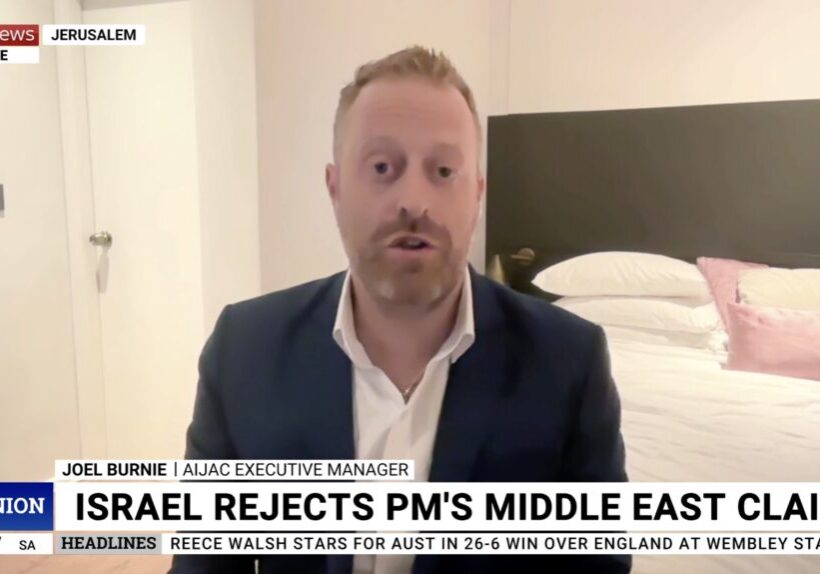
“Bittersweet” aftermath of hostage release deal: Joel Burnie on Sky News
